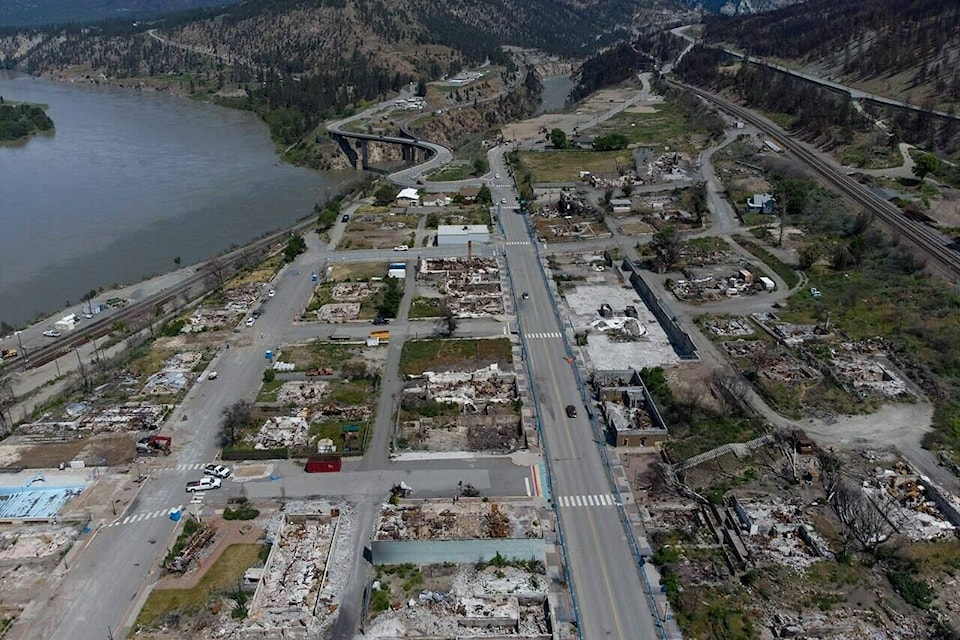Lytton was reportedly B.C.’s – and Canada’s – hot spot Saturday (May 13).
With a record 33.5 C, Lytton was listed as Environment Canada’s “This hour’s hot and cold spots” around 5 p.m. B.C.’s cold spot was Cumshewa Island at 8.8 C, while Canada’s was CFS Alert, Nunavut at -15.6 C.
Lytton broke an 11-year record Saturday for highest temperature. In 2012, Lytton reached 33 C. The record low was 2.4 C in 2006.
READ MORE:
It comes as B.C. sees its first heat wave of the season, with temperatures in some regions of the province to be 10 C to 15 C above seasonal averages.
However, officials said the province wouldn’t see a heat dome this weekend like it did in 2021, which led to the devastation in Lytton.
READ MORE:
READ MORE:
Emergency Management Minister Bowinn Ma said the province is expecting elevated temperatures over the next week or so, and the primary concern is the impact to flooding and wildfires. However, she noted, a heat dome isn’t in the forecast.
“Heat domes are very specific meteorological phenomenon, characterized by persistent high pressure that can trap heat around an area for long periods of time,” she explained. “One of the more important characteristics of a heat dome are that even when the sun sets at night, the temperatures remain high. We are not anticipating that kind of scenario here.”
READ MORE:
lauren.collins@blackpress.ca
Like us on and follow us on .



